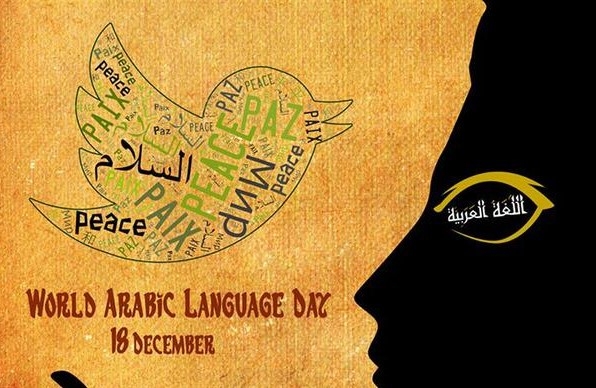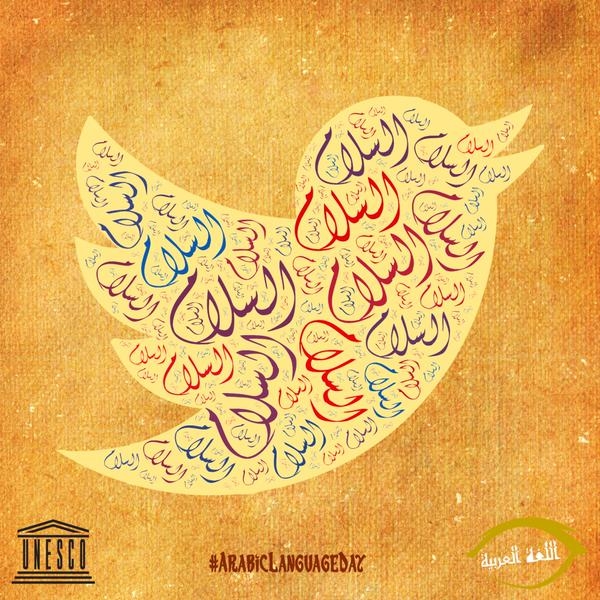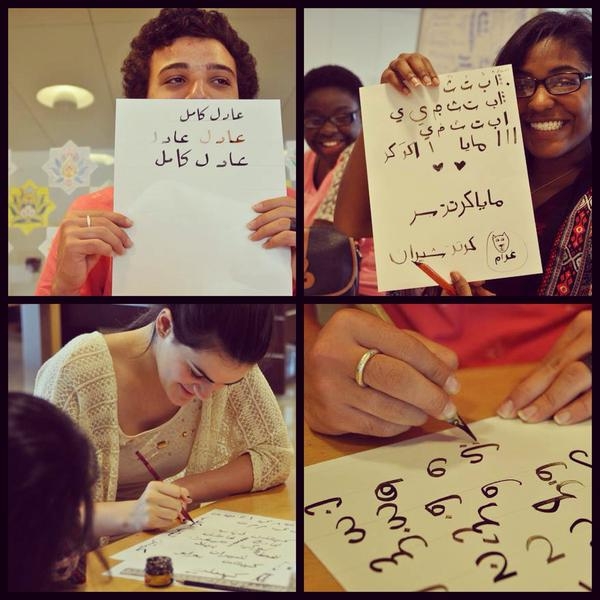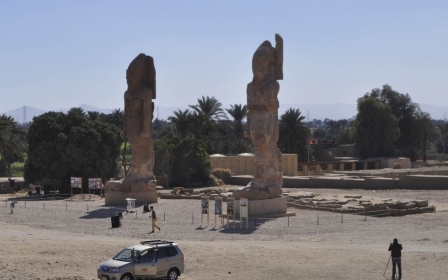International Arabic Language Day - a celebration of 'unity in diversity'

Speakers, learners and lovers of the Arabic language gathered around the world to celebrate International Arabic Language Day on Thursday.
The day is celebrated each year on 18 December, marking the date in 1973 when Arabic officially became a working language of the United Nations, 28 years after the organisation’s establishment.
In a statement issued to mark the occasion Irina Bokova, director-general of UNESCO, hailed the role Arabic has played “in the flow of knowledge and across eras, on subjects ranging from philosophy to medicine, from astronomy to mathematics.”
Bokova also said the language is a symbol of “unity in diversity,” with the classical language of the Qur’an living alongside the many and varied dialects of the language spoken throughout the world, from Yemen to Malta.
Events were organised in countries throughout the Middle East and beyond.
In Syria, a local council in the central province of Hama organised an exhibition of Arabic calligraphy at the Assad Hall for Culture and the Arts.
A small scandal hit Morocco’s celebration, when the Russian ambassador told listeners at a lecture in Rabat that the Ministry of Education had requested that he speak in French.
In Libya, the Education Ministry hosted a celebration in Marj, a small town in north-eastern Libya, featuring young children dancing and singing with several adults dressed as bears.
The diplomat, Valery Vorobiev, said it was a “tragedy” that French is primarily used during government events, despite the fact that Arabic and Berber are the country’s only two official languages.
Eager learners at an event in Qatar practiced the ancient art of Arabic calligraphy, writing their names in one of dozens of established calligraphic fonts.
At a celebration in the United Arab Emirates organised by the Dubai Culture and Arts Authority, Aliah Al Murr highlighted the importance of teaching children Arabic in this multilingual, multi-cultural country.
"Due to the many diverse nationalities living in the UAE, the English language naturally became the common language spoken between everybody. It became a language everyone had to use to understand each other, but regardless of that, the Arabic language still has its own value," she said.
Government directives state that all correspondence between government bodies must be in Arabic – but Murr said that “efforts are required to fully implement those decisions.”
2014 – a year of progress for Arabic online
In a statement to mark the occasion, the Muslim Association of Britain hailed Arabic as "a great language of arts, science and business.”
The association also welcomed the establishment of an Arabic script domain on the Internet.
The internet plays host to a huge amount of content in Arabic, but domain names, the unique name that identifies the website and which appears in the browser’s address bar, are usually in English.
However, a company launched in February 2014 now offers websites domain names in Arabic ending in .shabaka, meaning .net in Arabic.
From 2010, various Arab countries like Saudi Arabia and Jordan had invested in Arabising the Internet, creating Arabic domain names ending .SaudiArabia and .Jordan respectively.
.shabaka, though, is the first worldwide service providing Arabic domains names, enabling Arabic speakers to access specific online content without having to type in Latin script.
Arabic is thought to be the fastest-growing language on the Internet – between 2002 and 2012 the use of Arabic online grew by an astonishing 2500 percent.
Middle East Eye propose une couverture et une analyse indépendantes et incomparables du Moyen-Orient, de l’Afrique du Nord et d’autres régions du monde. Pour en savoir plus sur la reprise de ce contenu et les frais qui s’appliquent, veuillez remplir ce formulaire [en anglais]. Pour en savoir plus sur MEE, cliquez ici [en anglais].






